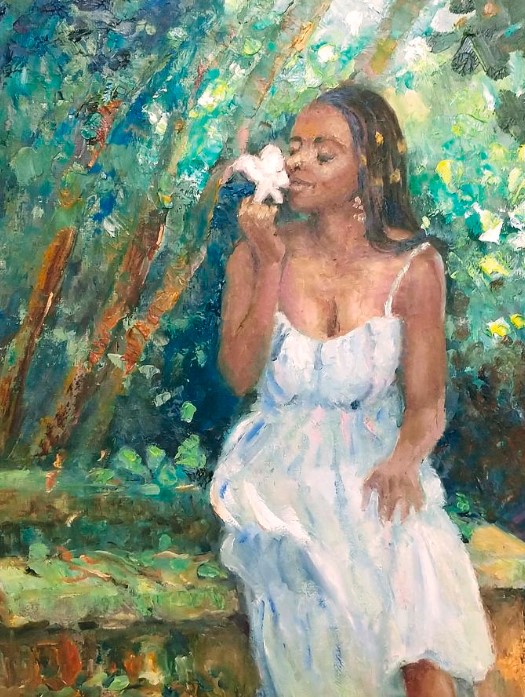Introduction: The art world is undergoing a digital transformation, how are NFT’s are revolutionizing the fine art industry, and or at the forefront of this revolution are Non-Fungible Tokens (NFTs). NFTs have emerged as a groundbreaking technology, disrupting traditional norms in the fine art industry. In this blog post, we will explore how NFTs are reshaping the landscape of fine art, from the creation and ownership of artworks to the way artists connect with their audiences.
- Digital Ownership and Authenticity: NFTs leverage blockchain technology to provide a secure and transparent way to establish ownership and authenticity. Unlike traditional art, where provenance can sometimes be challenging to trace, NFTs create an immutable and verifiable record of ownership. This not only enhances the value of digital art but also addresses long-standing issues related to forgery and authentication in the fine art world.
- Empowering Artists: NFTs have empowered artists by offering new avenues for monetization and visibility. Through tokenization, artists can directly sell their digital creations to a global audience without the need for intermediaries like galleries or agents. This democratization of the art market enables emerging artists to gain recognition based on the merit of their work, rather than navigating the traditional gatekeepers of the art world.
- Smart Contracts and Royalties: Smart contracts, a key feature of blockchain technology, enable automatic royalty payments to artists every time their NFT is resold. This innovation addresses the issue of artists losing out on the appreciation of their work in the secondary market. NFTs ensure that creators continue to benefit financially from the increasing value of their art throughout its lifetime.
- Innovative Art Forms and Interactivity: NFTs have opened up possibilities for new forms of digital art that were previously challenging to monetize. Interactive and generative art, virtual reality experiences, and programmable NFTs are pushing the boundaries of creativity. Artists are now exploring innovative ways to engage collectors by offering dynamic and evolving digital artworks, enriching the overall art-consuming experience.
- Community Engagement and Social Impact: NFTs have facilitated direct connections between artists and their communities. Social platforms and online communities centered around NFT art allow artists to engage with fans, share insights into their creative processes, and receive direct feedback. This newfound interaction fosters a sense of community and shared ownership, transforming the relationship between artists and their audiences.
Conclusion: The rise of NFTs in the fine art industry signifies a paradigm shift, challenging traditional notions of ownership, value, and accessibility. As artists and collectors embrace the opportunities presented by blockchain technology, the future of fine art appears to be more inclusive, dynamic, and interconnected than ever before. The digital brushstroke of NFTs is not just a trend; it’s a transformative force shaping the future of the art world.
Benjamin Johnson, Artist| NFT Creator


